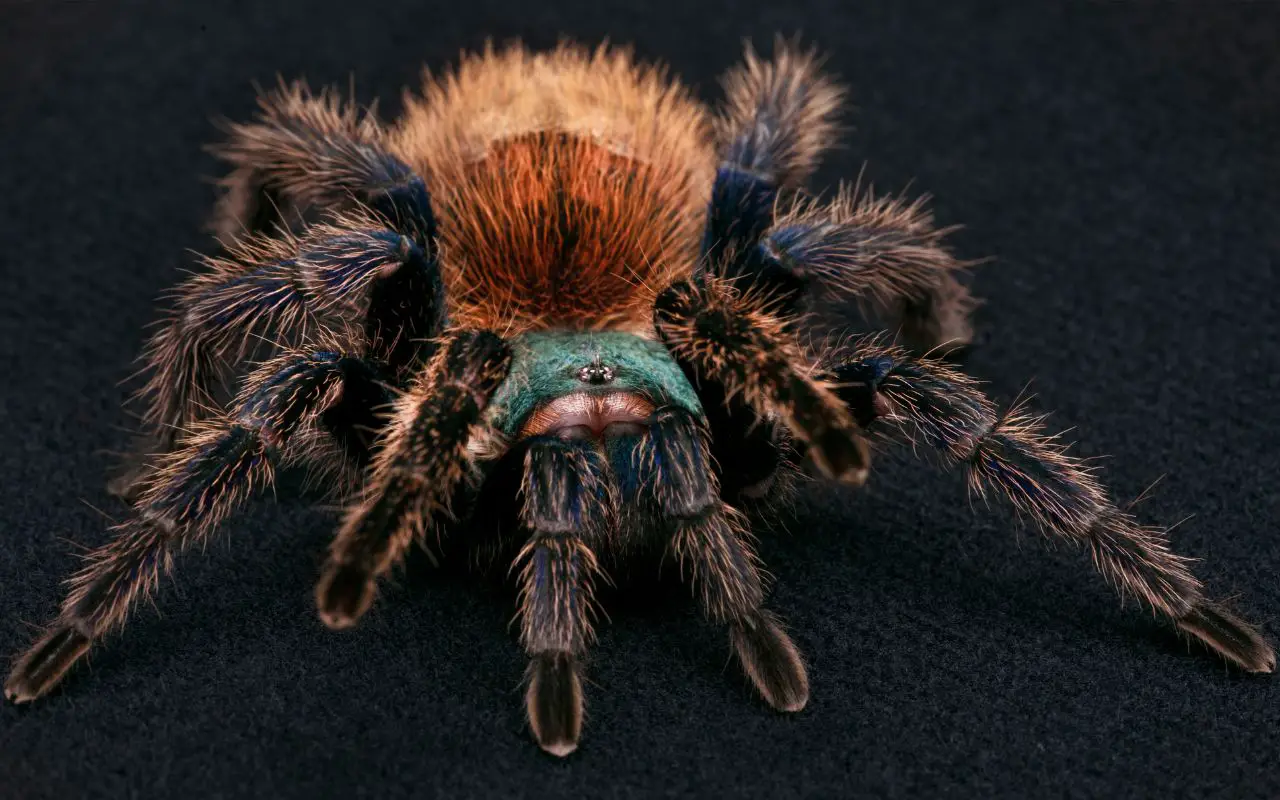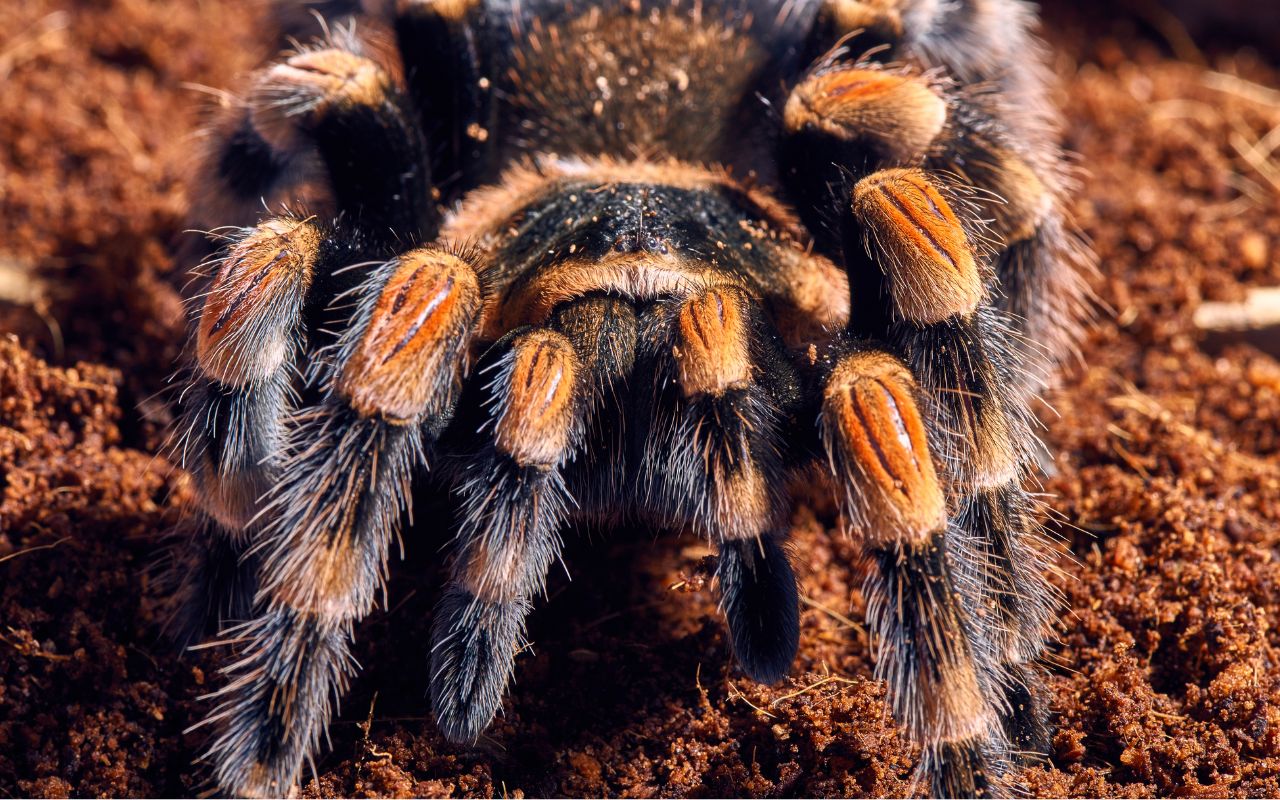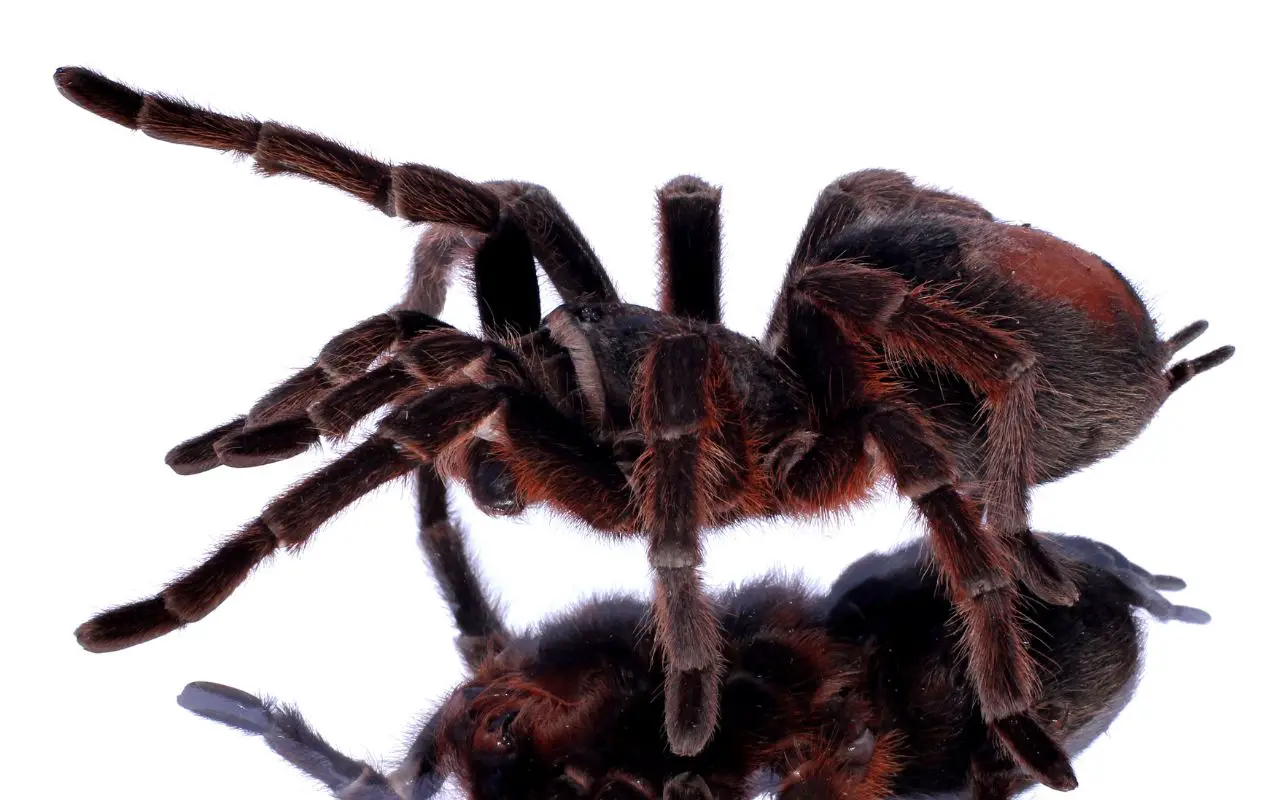Last updated on February 1st, 2023 at 10:09 am
If a Tarantula bites you, it is going to hurt. But the likelihood of any serious complications is extremely low. Keep reading to find out more…
Do tarantula bites hurt? And how do you treat it? This article will answer these questions and much more. Read on to learn what to expect. Fortunately, tarantula venom is mild, and a tarantula’s sting will not be deadly to humans. But if you get bitten by one of these spiders, be prepared for at least some pain.
Do Tarantula bites hurt?
Do tarantula bites hurt? Yes. This generally docile group of animals can bite if you’re not careful. While they aren’t lethal, their bites are painful enough to make you wonder whether a tarantula is worth keeping in your home – unless you’re a seasoned hobbyist like many of us are.
Tarantulas are classified as either new or old world. The old world includes tarantulas found in Africa, Asia, and the Americas.
In North America, tarantulas are relatively docile and rarely bite people, like the laid-back Arizona Blonde, for example.
Overall, most old world species are aggressive or very skittish. The African Baboon Spiders being for instance are known for being extremely temperamental. Some of them are hardy, and long-lived but there’s no way you can handle them. Old world species also tend to have stronger venom.
Overall, tarantula venom isn’t very potent and doesn’t cause lasting damage. This information is supported by many tarantula owners. Even though tarantula stings are painful, more often than not the bite will only last for a few minutes and will result in local redness for up to a week.
When handling a tarantula, remember that they have their own personalities. While some tarantulas are docile, others may be aggressive or standoffish. Always wash your hands thoroughly after handling a tarantula to avoid shedding barbed hairs or scratching yourself. Tarantulas are also territorial, and they may even feel threatened if you touch them too often.
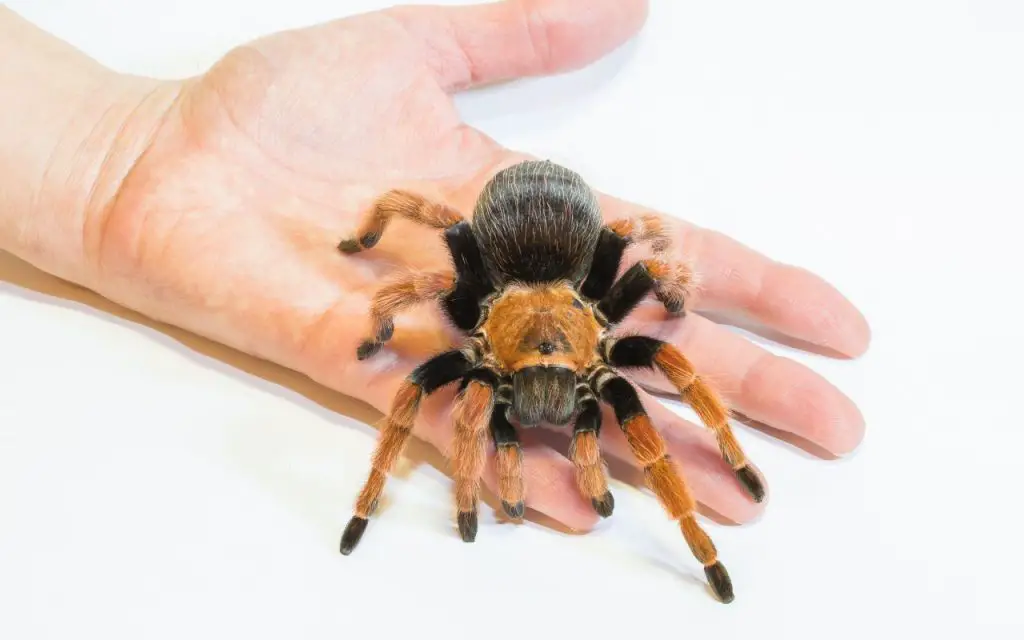
Can a Tarantula kill you?
You might be wondering if a tarantula can kill you if it bites you. A tarantula’s bite is painful because of its large fangs. Interestingly they sometimes don’t bother using their venom, preferring to save it for prey. This is called a “dry bite.”
The sensation of an envenomated bite is similar to that of a bee sting. However, if you are sensitive to insect bites, you may have an allergic reaction to the tarantula’s bite. If you do get bitten by one, you should seek medical attention.
A tarantula’s bite is not dangerous, though it can be annoying. However, the venom is mild and does not cause lasting damage. If you’re afraid of tarantulas, don’t touch them.
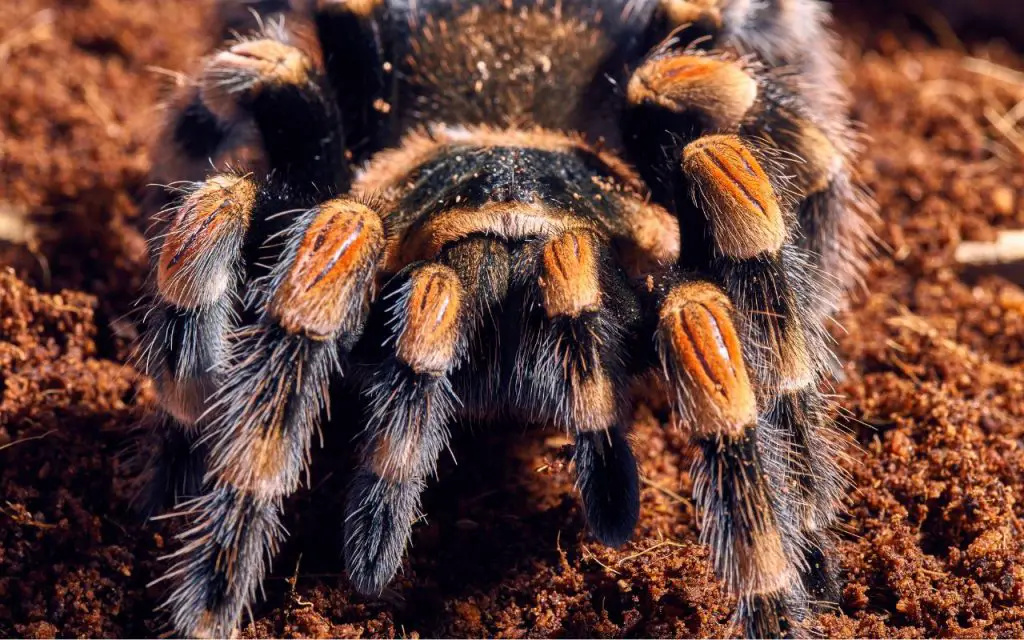
Tarantula bite vs severe allergic reaction (anaphylaxis)
The only case where a tarantula bite could kill (as far as we know – not including unidentified species) is if you have an allergic reaction, involving anaphylaxis. This is always an emergency, whether it occurs after a tarantula bite, Horse Fly bite or bee/wasp sting.
| Average bite symptoms | Anaphylaxis symptoms |
| – redness | – hives, not just near the bite |
| – stinging | – nausea |
| – burning/blisters | – trouble breathing |
| – body cramps (old world species) | – fast heartbeat |
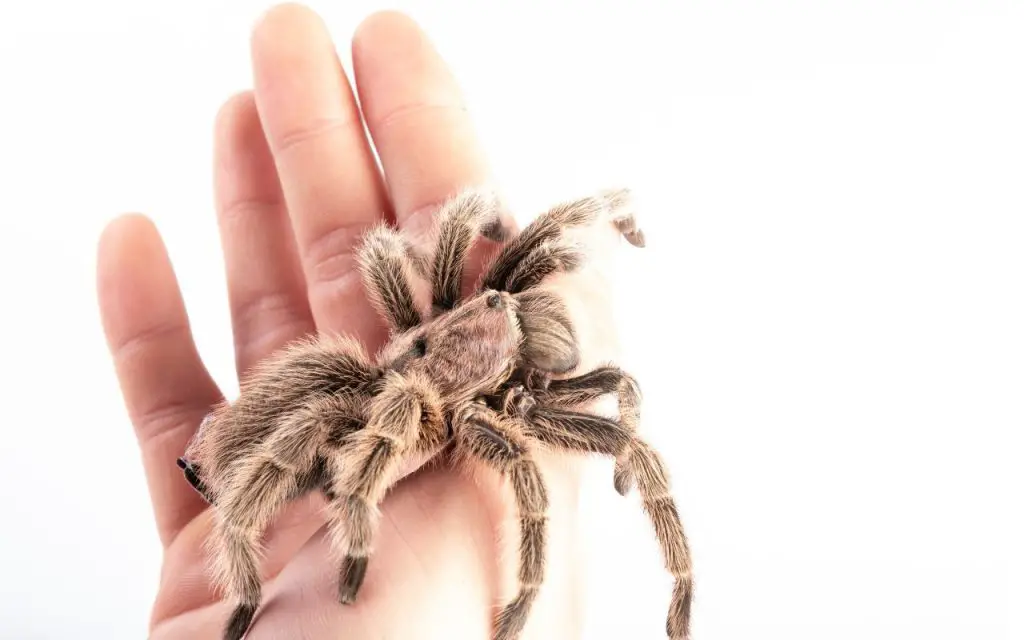
What does a tarantula bite look like?
Despite popular myths, most tarantulas aren’t harmful to humans. They can, however, cause skin rashes and can irritate the eyes or nasal passages by kicking urticating hairs off of their abdomens.
Because of these risks, it’s best to avoid handling tarantulas if you are nervous or to always wear eye protection. When a bite does occur, it doesn’t leave a big wound, and the visual symptoms are often limited to the list below.
Commons signs of a bite include:
- redness
- swelling
- skin symptoms localised in bite area only
- red eyes if urticated hairs were also kicked at you
How to treat a Tarantula bite
Generally, the symptoms of a tarantula bite include pain, itching, and urticating hairs. Systemic antihistamines and steroids may be prescribed.
Often, people who are not a fan of tarantulas are less likely to be bitten by a tarantula than those who are. Although a tarantula injury will not always even hurt as much as a bee sting, it will inevitably cause some discomfort. In addition to pain, the bitten area may become red and warm.
The fine barbed hairs on the abdomen can cause itchiness, swelling, and irritation. If you get the hairs in your eyes, they may burn for quite some time. You can seek follow-up treatment from an ophthalmologist if the symptom persists for more than a few hours.
If a tarantula bite has occurred, you should try a cold compress, an ice pack, or an antibiotic lotion to reduce the pain.
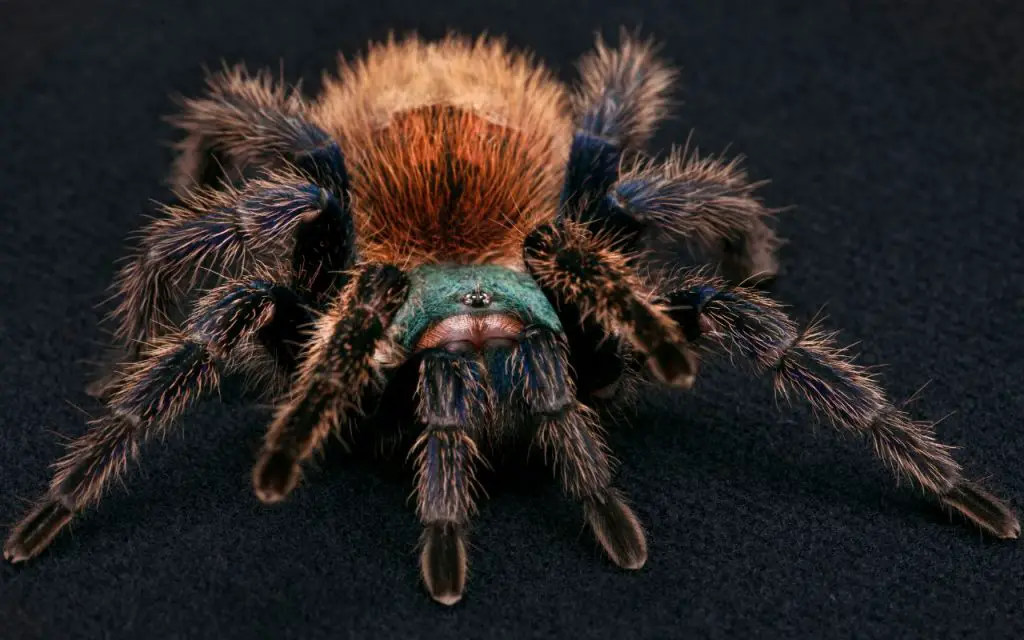
How likely are they to bite you?
Although tarantulas in the United States tend to avoid biting humans, the hairs on their abdomens can cause severe pain and irritation. The hairs may cause edema or swelling of the eyes.
While tarantulas do not kill humans, their venom is strong enough to cause some pain and inflammation. It is unlikely to cause severe health problems, but the sting can lead to allergic reactions, causing difficulty breathing and swelling of the lips or throat.
Despite its size and color, tarantulas don’t like people much. While they may not fight, they may bite in order to get away from you. As with most venomous arachnids and snakes, tarantulas have a massively over-inflated reputation. They only want to run away or hide, and bites are completely avoidable.
After all, one of the reasons tarantulas make good pets is that most of them are genuinely reluctant to bite.
If hiking or exploring an area with wild tarantulas, you can follow the following tips to avoid a bite:
- always shake your boots before putting them on
- do not go barefoot
- never put your hands into dark places, such as under rocks or holes in trees (if looking for wildlife, for example)
- always carry a flashlight
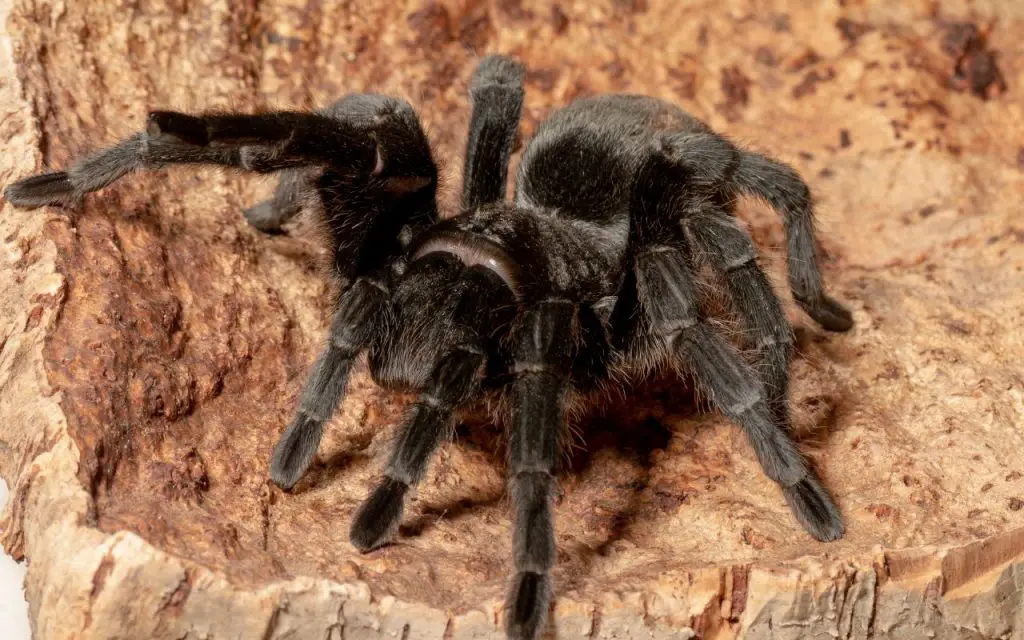
Why do most pet tarantulas not bite?
Most pet tarantulas are new world species that are genetically pre-disposed to being docile. These species have become the most popular because of their laid-back nature, so when looking for one they are the species you’re most likely to find for sale and end up keeping.
A great example is the Brazilian Black, which is one of the most docile and widely-kept tarantula species.
Handling a tarantula is extremely dangerous – but not for you. The exoskeleton of a tarantula can break if it falls from less than a foot high. Drops are especially damaging to heaviest species. Tarantulas are best handled by trained individuals, or with great care. Tarantulas occasionally jump off of things unexpectedly.
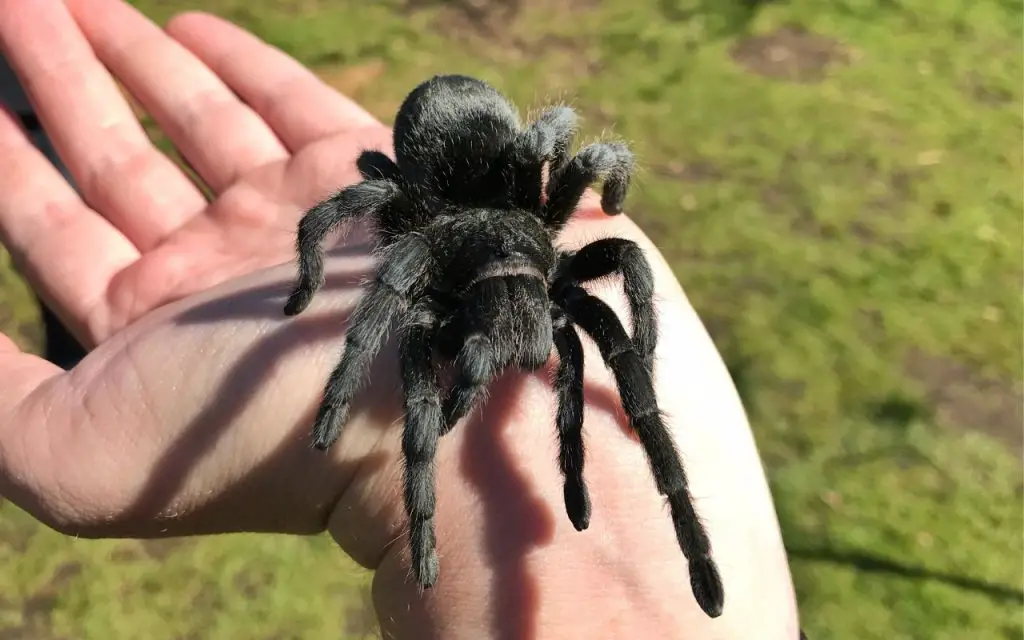
Do tarantula hairs hurt?
Do tarantula hairs hurt? Yes, they can. Some species of tarantulas have urticating hairs on their abdomens. These hairs are their preferred deterrents from predators. A tarantula will rub these hairs off onto your skin, or use its back legs to kick the hairs at your eyes if you pose a threat.
Urticating hairs are sticky, so they can stick to the eye’s surface. The sticky hairs irritate the cornea and may cause inflammation and scarring. If they get stuck between the cornea and the iris, the eye will experience pressure and pain. In rare cases, the barbs can cause cataracts or scarring.
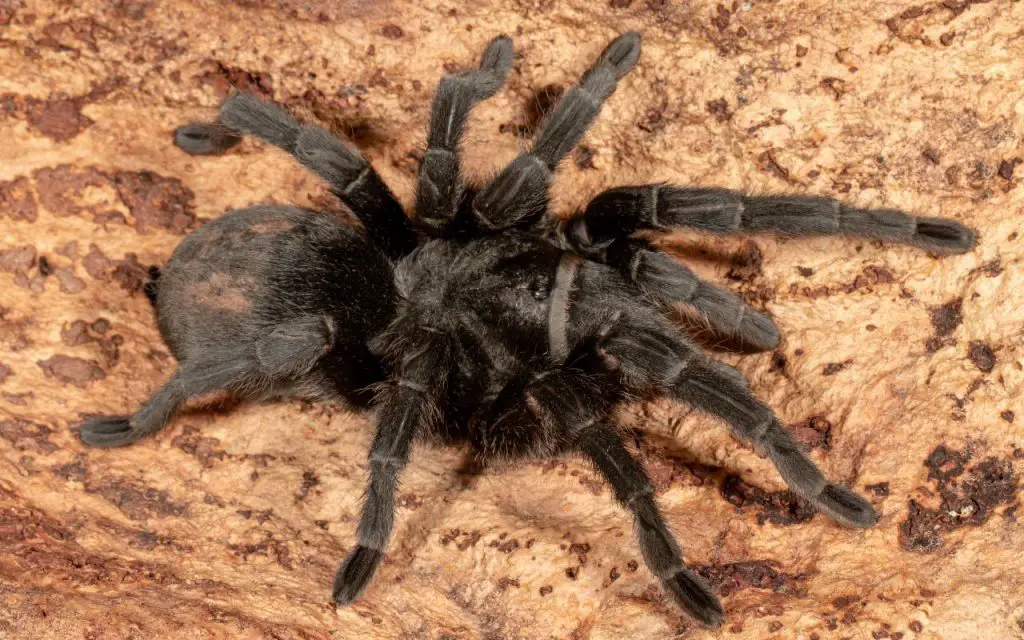
Are Tarantulas dangerous to dogs?
Is it dangerous to let your dog near a tarantula? Absolutely. Dogs like to sniff everything, and to a tarantula this could feel like an attack, provoking a bite.
Their bite is painful, akin to a pin prick. Although the amount of venom injected by tarantulas is very small and unlikely to affect humans, it is still painful and can cause swelling. Tarantula bites are harmful to dogs, especially small dogs.
The venom from tarantulas is usually harmless for humans. In general, these bites do not require medical attention. However, if your dog were to eat a tarantula, the symptoms can range from mild irritation to life-threatening conditions due to the spider’s urticating hairs.

